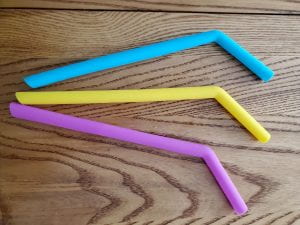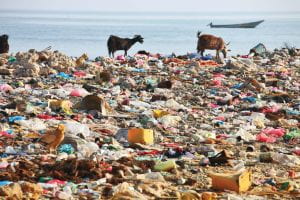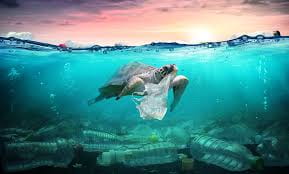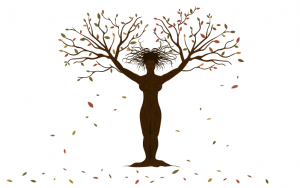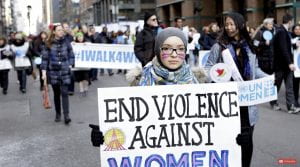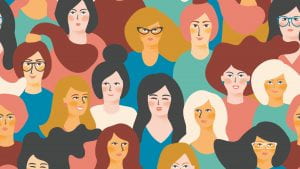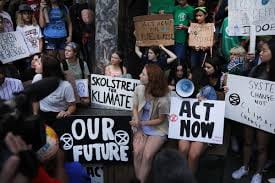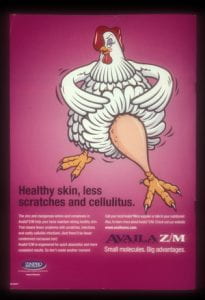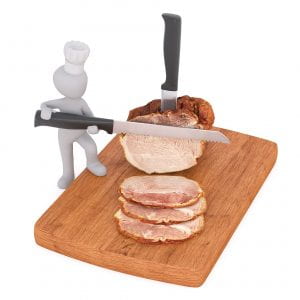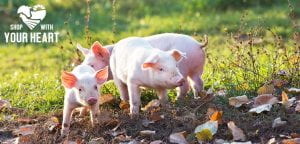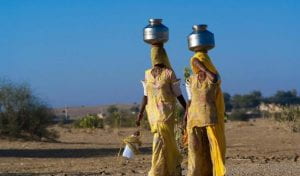I am so happy to say we have made it to the last blog of the semester. I want to congratulate everyone on their achievements. We have all worked so hard.
I hope everyone was able to stick with their plans for their praxis. My plans included eliminating the amount of single-use plastic I was using and wasting. I wanted to do this in order to relieve the pressures faced by women when it comes to environmental degradation. The impacts on plastic being in the oceans and polluting our land are insane and some real change needs to happen. I worked really hard to try to reduce my ecological footprint when it comes to plastic use and wanted to share my results with you all.
The Results
Amazon has been my best friend for the past two weeks while working to stop using plastic. A problem I realized I had and likely where the most of my plastic use comes from is by placing leftovers in Ziploc bags. To get myself out of this habit I order thick locking containers that will likely last me a lifetime. While these containers are plastic, they are very different than the flimsy plastic containers you might receive from a restaurant. I find that those plastic containers only survive a few uses and I have had many get destroyed in the dishwasher. These containers are made from polypropylene and tritan and are very durable. In having these containers, I also have managed to stay away from the beloved press and seal that can be used one time and one time only-such a waste, I now know.
As most of you might know, I have a turtle. While he is not a sea turtle, just the thought of turtles made me buy rubber and metal straws. Both straws are durable and easy to clean. The package I bought from Amazon came with so many of each and I have been able to carry them with me on the go. Since take-out is our only option, I have brought them with me in the car and switched out the plastic straw for the metal or rubber one. I did however take the straw the restaurant gave me and I cut it into smaller pieces when I got home. I have seen far too many videos where turtles have had whole straws become lodged into their nose. I cut the straw and disposed of it into its proper recycling container. When restaurants reopen after all of this is, I plan to take my straws with me and use those as opposed to the plastic ones they give you.
I have not gone to any grocery stores lately, so I have not acquired any plastic bags from there. I am honestly kind of glad I have not gone because with the COVID-19 situation, stores are asking that you do not bring in reusable bags. I understand this is for the safety of customers but if I went along with this I would feel as if I were ruining my whole plan.
As far as getting my family on board, I have my younger siblings using the rubber straws. They are younger so they do not quite understand the environmental impacts plastic can have on the environment, so I do think they mostly use them because they are pretty colors. However, if thinking that my rubber straws are pretty keeps a plastic straw out of the ocean, then so be it. The containers have been a huge hit in my house. We have all found it to be so much more pleasant to remove spaghetti from a container than from a plastic bag.


